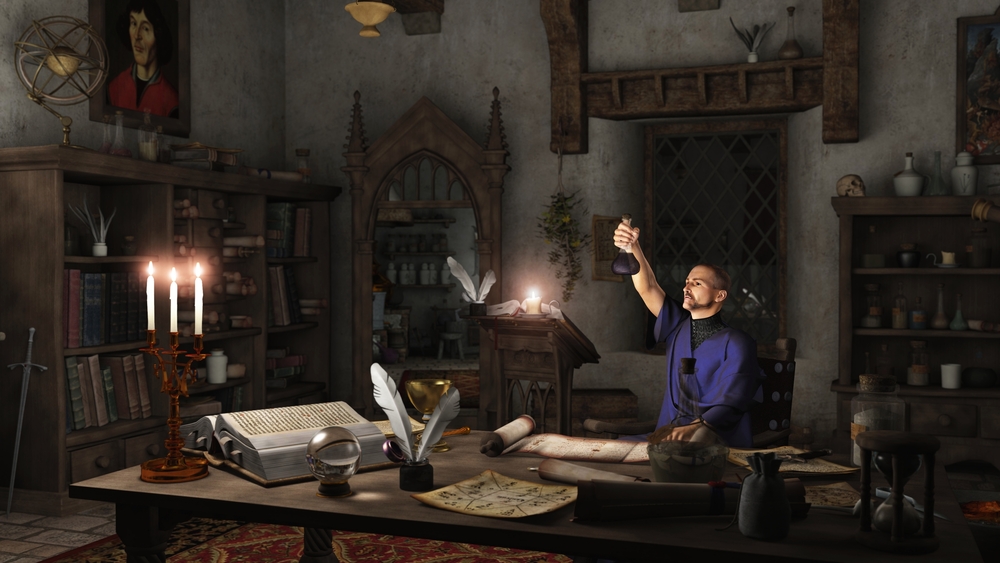
Researchers in the United States have created 24-karat gold using bacteria in what they refer to as “microbial alchemy.”
Kazem Kashefi and Adam Brown of Michigan State University have found that the bacteria Cupriavidus metallidurans is capable of resisting the toxic effects of gold chloride to a far greater extent than previously reported, and can transform large concentrations of the substance into 24-carat gold.
The pair proved the point with their art installation “The Great Work for the Metal Lover,” in which colonies of the hardy bacteria were given massive doses of gold chloride. Within a week they were able to convert the toxic chemicals into flecks of pure gold.
The art installation/science experiment was exhibited before an audience, and consisted of a portable laboratory containing a glass bioreactor, bacteria and 24-karat gold-plated hardware.
Both Kasehfi and Brown refer to their efforts as a form of alchemy and consider what they are doing to be a confluence of both science and art.
“This is is neo-alchemy…science tries to explain the phenomenological world. As an artist, I’m trying to create a phenomenon,” said Brown.